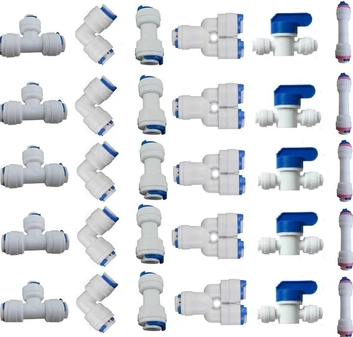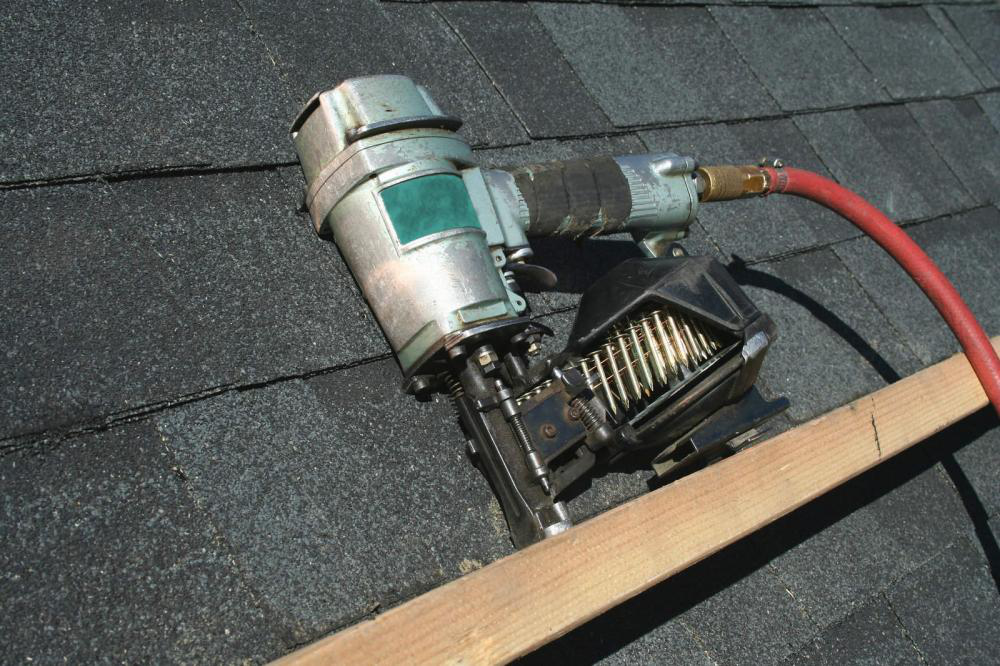Quick couplers are used in compressed air applications and hydraulic applications to connect fluid transfer lines without losing fluid pressure. They are designed to connect and disconnect immediately without the need of tools, eliminating the need to bleed the system, close valves or purge entrapped gas when tools are disconnected and replaced.
In fact, quick couplers save valuable time when constructing or tearing down plumbing systems.
This is the reason why they are particularly useful in time-dependent production applications where speed is critical. Ensuring fast and efficient connections, quick couplers are used in a variety of heavy industrial applications, including oil refineries, chemicals, steel mills, etc.
The design
The design of quick-connect couplings is straightforward: the male end inserts into the female socket to ensure a leak-tight, secure seal—what’s more is that the assembly can be undone quickly with minimal effort. The automatic shut-off valve within the coupler allows the fittings to be disengaged without a separate line or ball valve.
These fittings are designed for handheld operations, such as in food and packaging equipment, mobile machines, medical devices and analytical instruments.

Selecting the right quick-connect couplings
Let’s look at the major factors that you need to consider when investing in quick-connect couplings:
Flow
One of the main factors to take into consideration when buying quick-connect couplings is the system flow rate. System designers should aim to minimize excessive pressure drop, which is why they need make sure that the fittings are rated for the same maximum pressure as the compression system. Internal valving and coupling size also play a key role in determining flow rate.
Spillage and air inclusion
The small amount of air that infiltrates the system when a coupling is connected is referred to as air inclusion. This applies to couplings that typically close at the interface, often before the valves are open.
It’s important to note here that spillage is not the same as leakage because it refers to the fluid lost when the coupling is disconnected.
Frequency of use
When buying a quick-connect coupling, you need to take the outdoor application and the frequency of use of the coupling into account. For instance, for heavy-duty use you’ll need couplings with O-ring seals instead of poppet-type valves or flat washers.
Utah Pneumatic offers push to connect fittings and quick-connect couplings in a wide range of sizes, interchanges, materials and ports to satisfy almost every pneumatic application.
Get in touch with us today for more details!




Leave a comment
This site is protected by hCaptcha and the hCaptcha Privacy Policy and Terms of Service apply.